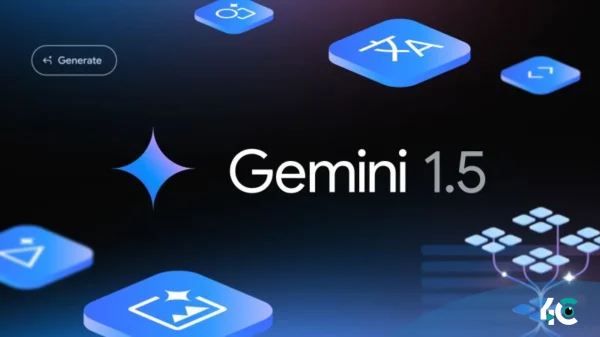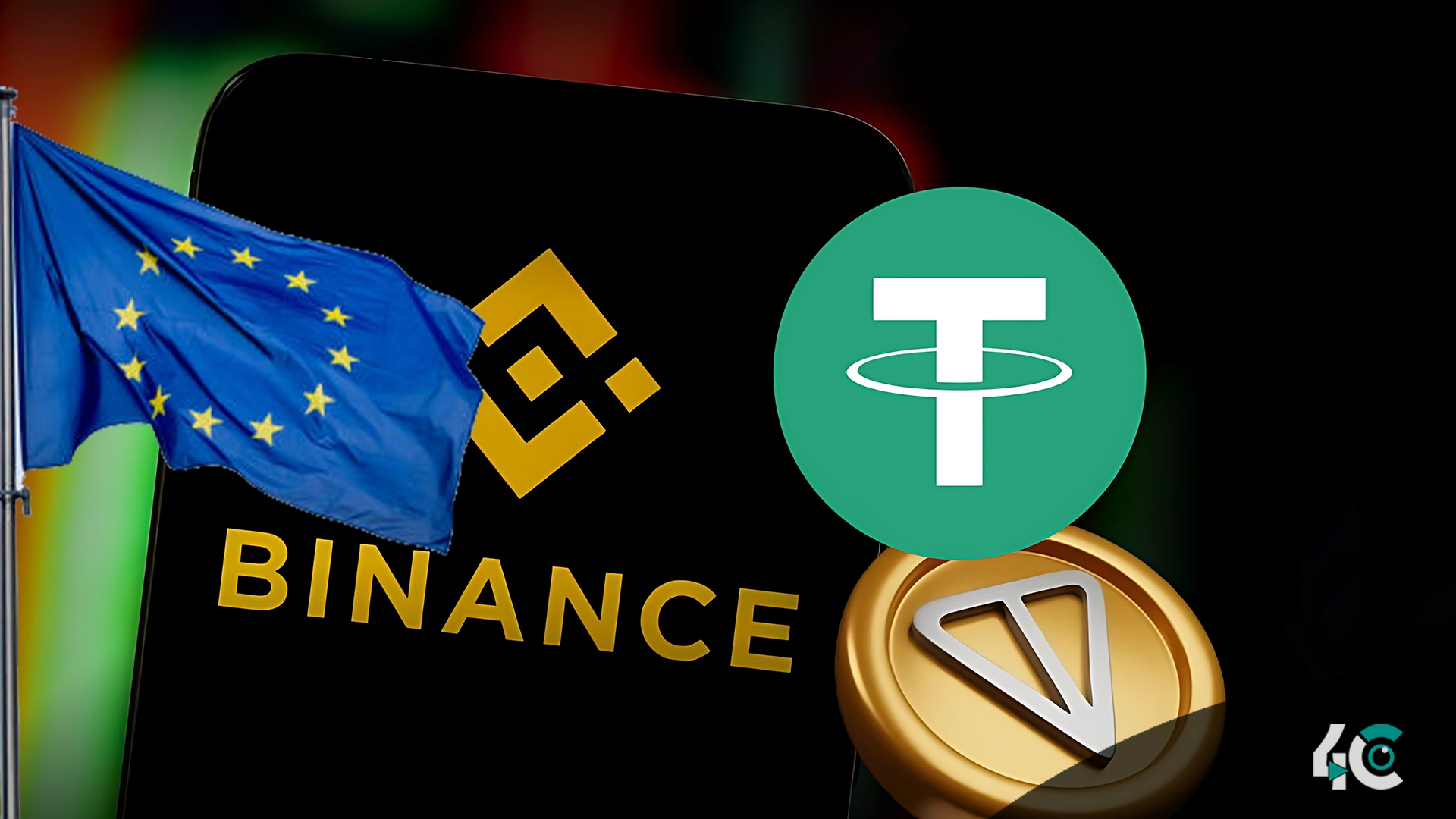Binance has halted USDT spot trading in Europe to comply with the EU’s Markets in Crypto-Assets (MiCA) regulations. This decision affects stablecoin traders, raising questions about the future of USDT under the new regulatory framework.
Delisting Plan and Regulatory Compliance.
Binance already said that it would remove the pairings of any tokens that are non-MiCA-compliant. It gave a deadline of March 31. The exchange has halted USDT spot trading in the EEA to comply with MiCA rules. These regulations only allow trading for digital assets that meet certain compliance standards.
The new rules affect more than just USDT. Binance has quietly removed spot trading pairs for several other stablecoins, including Dai, First Digital USD, True USD, Pax Dollar, Anchored Euro, Terra USD, Terra Classic USD, and PAX Gold. Despite this, users can hold those assets and trade them with alternative methods, like perpetual contracts.
Industry-Wide Adjustments.
Binance is not alone in adapting to the MiCA framework. Other rival exchanges, such as Kraken, have also adapted to the new rules. On March 24, Kraken stopped traders in the EEA from buying USDT, moving the remaining trading on EEA pairs to sale-only mode. More platforms are looking to comply with new regulatory standards after an exchange in the United Kingdom announced plans to stop trading USDT (Tether).
Regulatory Impact on the Crypto Market.
MiCA aims to enhance regulation and oversight within Europe’s digital asset industry. Some traders believe that regulation may not help but actually reduce liquidity in the market. However, the drive for regulation is part of the bigger picture of establishing some sort of order in crypto.
Binance customers in the EEA can keep trading non-compliant tokens using different products, like perpetual contracts, for now. With MiCA continuing to fuel efforts, crypto exchanges are likely to make further adjustments in the coming months. Crypto exchanges appear not to be keen on complying with MiCA yet, especially big names like Binance.






























